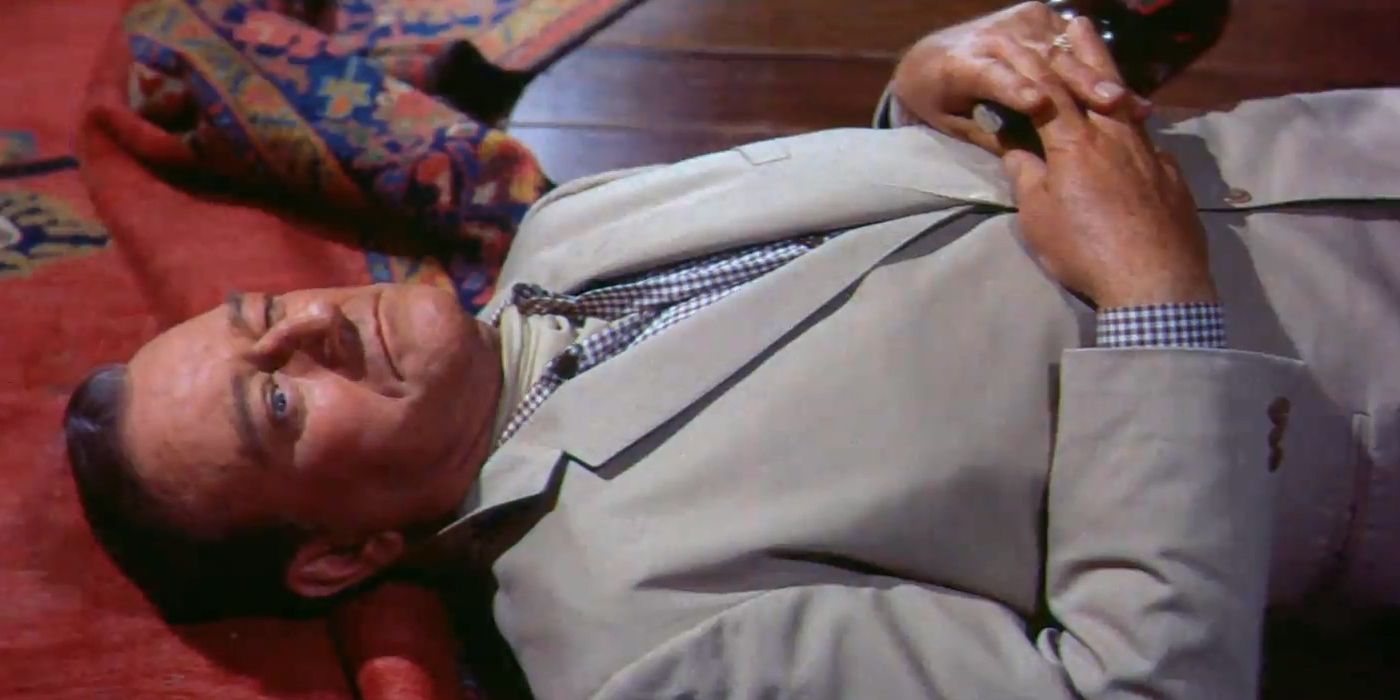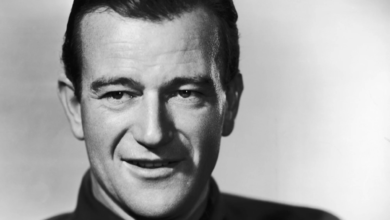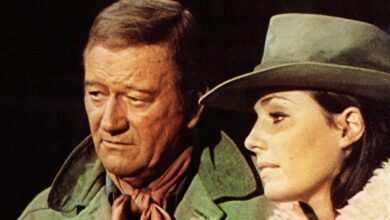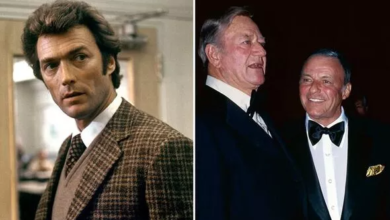This John Wayne Western Rom-Com Was Based on a Shakespeare Play
Who knew the Western king once did Shakespeare?

John Wayne had an absolute monopoly over the greatest Western characters of all-time for almost three decades. After his star-making performance in John Ford’s influential 1939 classic Stagecoach, Wayne starred in innumerable films within the Western genre for filmmakers like Howard Hawks and William Wellman. Wayne could have probably starred in nothing but Westerns for his entire career, but toward the back half of his filmography, he tried his hand at historical epics, romances, and comedies. Ironically, it was within the bizarre Western McLintock! that he got to do all of those things, as the 1963 adventure film took inspiration from the works of William Shakespeare to create one of the weirdest movies Wayne ever appeared in.
John Wayne Doing Shakespeare
McLintock! was directed by his frequent collaborator Andrew V. McLaglen, a solid “workman” filmmaker who directed many Western films for both Wayne and his close friend (and frequent co-star) Jimmy Stewart. While Wayne was generally cast as mercenaries or outlaws, McLintock! saddled him for a slightly unusual role as the aging rancher George Washington McLintock, who must defend his farmland from being trod upon by various rivals that threaten to take a portion for themselves. As if this wasn’t enough for the cranky old westerner to handle, McLintock is also met with the return of his wife Kate (Maureen O’Hara), who left him a few years prior as their daughter Rebecca (Stefanie Powers) graduated from college. As McLintock tries to keep the peace within the community, he must deal with his temperamental wife and find a way to mend their tormented relationship.
McLintock! is loosely based on the story of Shakespeare’s classic romantic comedy The Taming of The Shrew, a work of timeless fiction that has inspired the premise of many classic rom-coms (including the 1999 teen movie favorite 10 Things I Hate About You). Westerns drawing inspiration from other works of fiction wasn’t inherently odd, as Sergio Leone’s The Man With No Name trilogy famously stole the story from Akira Kurosawa’s Yojimbo, and Kurosawa’s Seven Samurai was infamously remade as the American action Western, The Magnificent Seven. What made McLintock! so odd is that it wasn’t the first time that Wayne appeared in a loose adaptation of The Taming of the Shrew.
Prior to appearing in McLintock! together, Wayne and O’Hara did some of the best work of their respective careers in Ford’s 1952 timeless classic The Quiet Man. In The Quiet Man, Wayne stars as boxer Sean Thorton, who returns from America to his Irish hometown of Innisfree, where he falls in love with the feisty Irish woman Mary Kate Danaher (O’Hara). The premises of the two films are virtually identical, but The Quiet Man is the more mature work; the film looks at the realities of marriage, the constraints of tradition, and has a surprisingly nuanced understanding of gender dynamics. While The Quiet Man is largely considered to be a classic (and won Ford one of his four Academy Awards for Best Director), McLintock! features an older Wayne chewing the scenery as he’s called into save a community despite his advancing age.
John Wayne Had a Knack For Comedy
What’s impressive about Wayne’s Western films is that he wasn’t always playing a different iteration of the same character; McLintock’s loud-mouthed, wacky chauvinism couldn’t be more distinct from the brooding nature of his character Major Ethan Edwards in Ford’s 1956 masterpiece The Searchers or his villainous turn as John Dunson in Hawks’ 1948 classic Red River. Wayne was always willing to poke fun at himself, as even some of his older films like Rio Bravo and Hondo had traces of humor in them. However, McLintock! was distinct in that it was purely a “character part,” where he had to shed elements of his charisma in order to play a temperamental, slightly unhinged character.
That being said, Wayne is also credited in helping to craft the story, and clearly had a role in expressing some of his personal beliefs within the film’s narrative. Essentially, McLintock sees the government’s efforts to impede his land as a mistake that leads to chaos within the town. While the madness that ensues is dialed up for comedic relief, it’s clearly a cry for the type of limited government that Wayne so often advocated for. Wayne’s influence on the film is unmistakable; while there’s a unique identity to the films he made for auteurs like Ford and Hawks, it’s likely that McLaglen ceded control to Wayne throughout the creative process. This is also likely considering that McLaglen himself was the son of Wayne’s The Quiet Man co-star Victor McLaglen, who had won the Academy Award for Best Actor for his performance in Ford’s 1935 political thriller The Informer. Here’s one case where Hollywood truly is one big family!
McLintock! has aged in interesting ways. On a fundamental level, it seems like Wayne intended for McLintock! to be a “revision” of The Quiet Man that rejected the premise that the woman would have the power in a relationship. In The Quiet Man, it’s evident that even if Sean has seemingly “tamed” Mary Kate, she is the one making decisions in their relationship, which reflects the original satirical point of The Taming of the Shrew. It’s virtually the opposite in McLintock!, as by the end, the titular character has successfully won back his wife after spanking her in public. In the end, she still realizes that they belong together in a moment that certainly has not aged very well. The oblique sexism might make McLintock! more difficult to rewatch than some of Wayne’s other Westerns.
The film does show a side to Wayne that would become absent in his next few Western roles. Films like The Man Who Shot Liberty Valance reflected on the end of the western era, and The Shootist even saw him looking at his own mortality. Comparatively, McLintock! is just a lot of silly fun where Wayne gets to play a caricature of himself, and that deserves to be celebrated in its own right.







